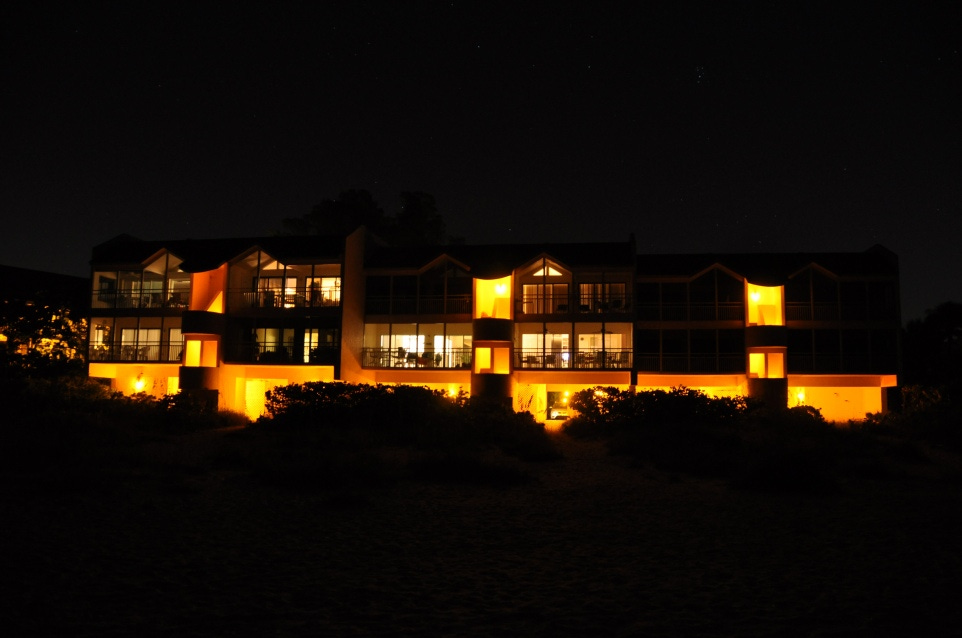Hi,
So what exactly does a circadian day look like? Well, in a circadian environment, activity can take place around the clock, just as in nature. This is a future goal for humanity. But it will take some shifts. For example, here's a building with regular night lighting:
And here's the same building after being fit with turtle-friendly lighting (see FWC guidelines for the specs):
Keep reading with a 7-day free trial
Subscribe to Brighter Days, Darker Nights to keep reading this post and get 7 days of free access to the full post archives.




